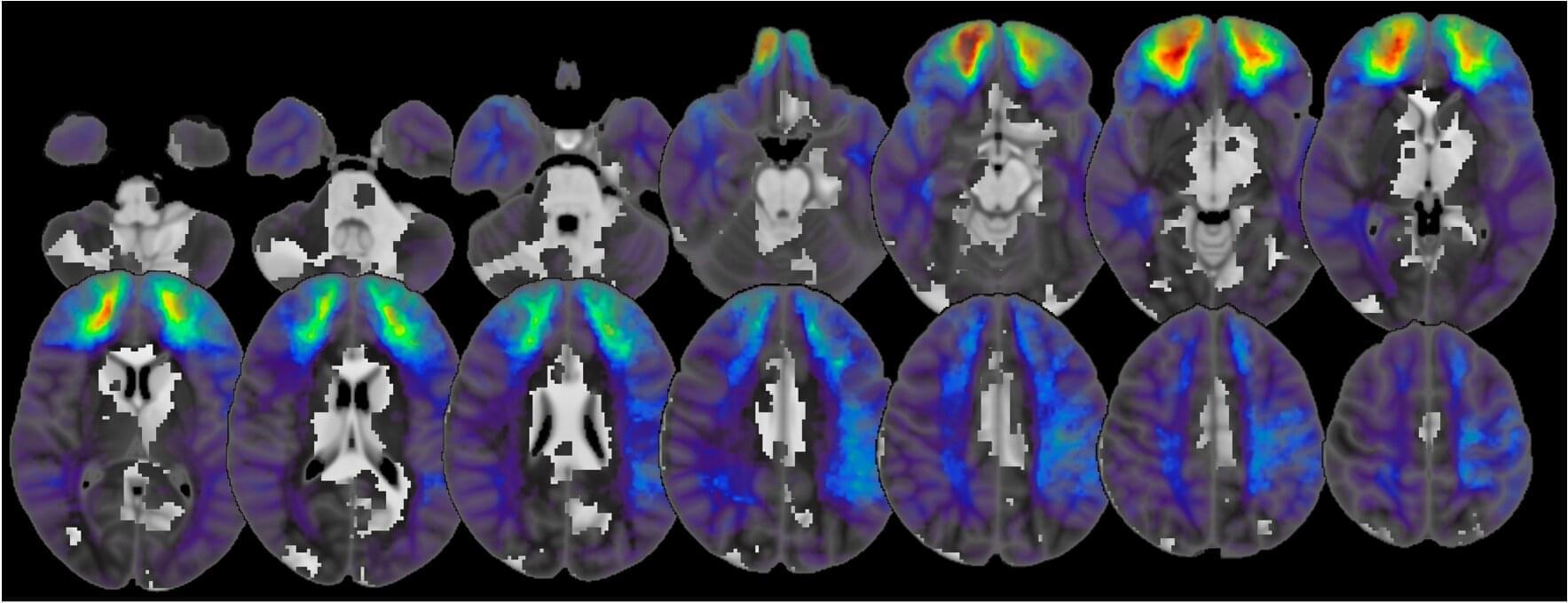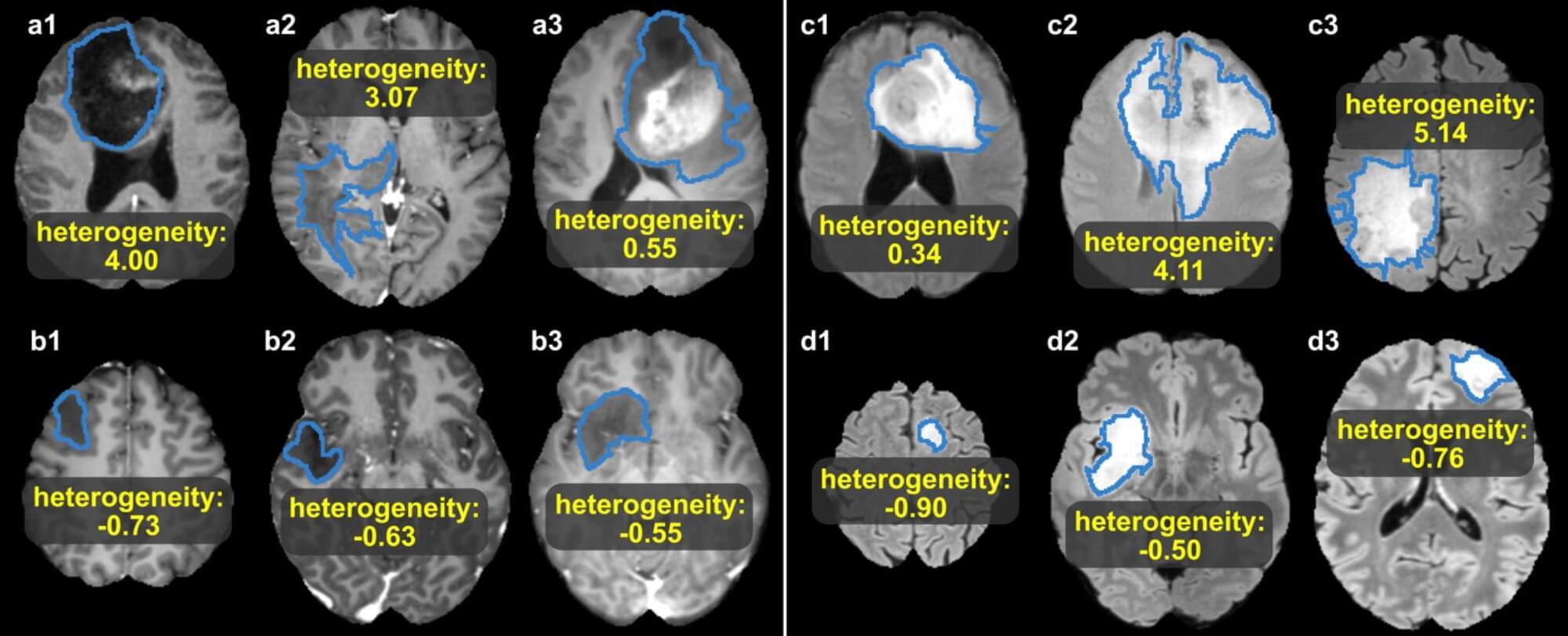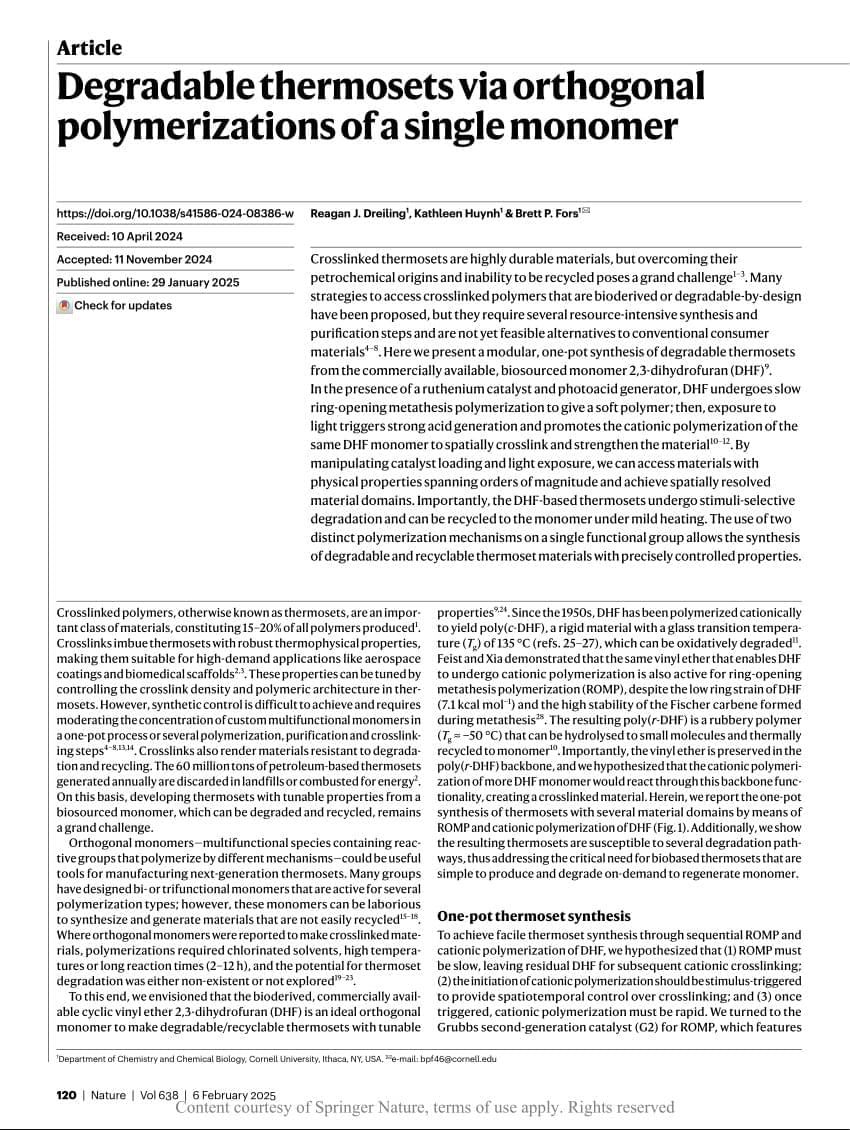In answer, the team needed to develop an affordable catalyst that could improve the salty electrode. For reference, when batteries operate, ions move between the anode and cathode through the electrolyte, per a U.S. Department of Energy description.
This is where wood waste and urine enter the lab, replacing platinum as a catalyst. The UNIST creation facilitates effective electrochemical reactions and quick discharges. The experts used lignin, abundant in wood and used to make paper and biofuels, in combination with urea. Urea is a nitrogen-rich substance found in wastewater, UNIST reported.
“Conventional electrocatalysts, primarily noble metals, are scarce and expensive. In this context, carbon materials derived from biowaste have garnered considerable attention,” according to the abstract.





